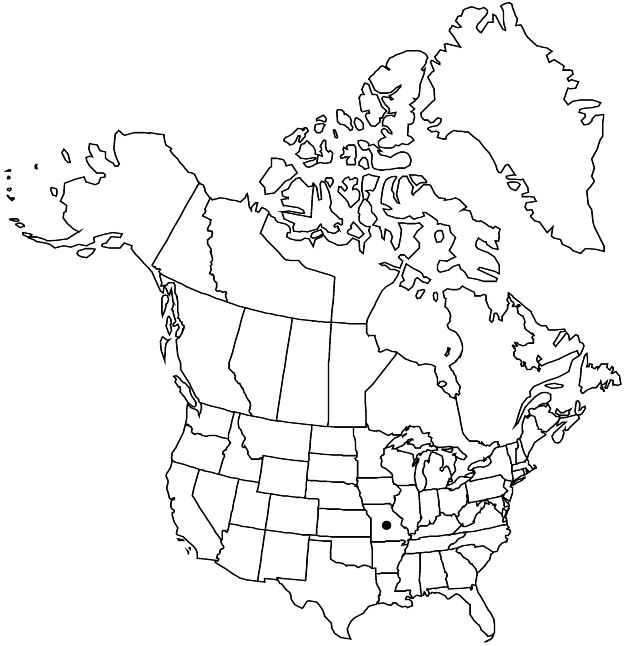Pyrus serrulata
Proc. Amer. Acad. Arts 50: 234. 1915.
Plants 80–100 dm. Branches purplish brown or dark-brown, brown-tomentose when young, glabrescent; thorns not recorded. Leaves: petiole 3.5–7.5 cm, brown-tomentose when young; blade ovate or narrowly ovate, 5–11 × 3.5–7.5 cm, base rounded or broadly cuneate, margins serrulate, apex acuminate, surfaces glabrous or brown-tomentose when young. Pedicels 3–5 cm, pubescent when young. Flowers 20–30 mm diam.; sepals triangular-ovate, 3 mm, apex acute or acuminate; petals white, broadly ovate, 10–12 mm; ovaries 3 (–4) -locular; styles 3 (or 4). Pomes dark-brown, subglobose or obovoid, 15–22 mm diam.; sepals mostly persistent. 2n = 34.
Phenology: Flowering Apr.
Habitat: Fields
Elevation: 300 m
Distribution

Introduced; Mo., Asia (China)
Discussion
The tree nursery industry has associated the common name "red spire" with this species but that name is frequently applied also to Pyrus calleryana. Because it is sometimes referred to simply as "serrulata," the name "serrulate pear" seems appropriate. Pyrus serrulata has been considered a hybrid, P. calleryana × P. pyrifolia, but recent taxonomic work has accorded it specific rank. The only report of this species as an escape in North America is based on a fruiting specimen collected in Howell County, Missouri. Potential hybrids involving P. calleryana may resemble this species.
Selected References
None.